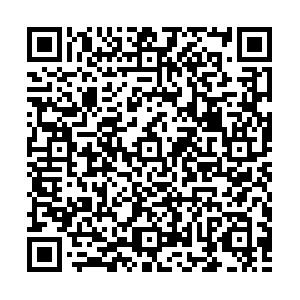摘要:
化学品生态风险评价和水质基准研究需要大量生态毒理数据,由于目前关于化学品毒性效应的研究较多,不同文献对同一测试终点的报道常常存在一定的差异,数据选择不当会直接影响最终评价结果。为了降低专业人员在数据筛选过程中的主观影响,有必要制定一套科学合理、操作性强的数据筛查与评价准则。本文整理比较了美国、荷兰、德国和澳大利亚等4个国家的5个毒理数据筛查与评价方法,并以荷兰的CRED方法为主,结合另外4个筛选方法以及现有的水质基准推导指南和生态风险评价技术导则,从可靠性、相关性、精确性三个方面详细阐述了数据质量评价标准与使用规范。其中数据质量评价包括五个方面:(1)实验设计,包括测试标准、操作规程、数据有效性、对照组设置;(2)实验试剂的纯度及其杂质的物理化学性质;(3)受试生物的基本信息和来源;(4)暴露条件,包括试验系统、暴露浓度设置及变化、暴露时间、生物负荷;(5)数据分析,包括平行样、统计分析方法、浓度-效应关系、原始数据;数据使用规范主要考虑受试生物、测试终点和暴露场景与评价目标的相关性,以及生态风险评价和水质基准推导对数据精确性的要求。这些均可为我国从事生态风险评价和水质基准研究的工作人员提供有益借鉴,使数据筛选过程更加客观、统一,同时还可以作为毒理实验论文撰写依据,提高数据报道质量。
Abstract:
A large number of ecotoxicity data for various species taxon were needed in the research of ecological risk assessments (ERAs) and water quality criteria (WQC) for chemicals. Inevitably, there exist certain differences for ecotoxicity data due to abundant studies even for the same endpoint. Incorrect data will directly affect the final evaluation result. So, it is necessary to formulate a set of scientific, reasonable and strong operational criteria for data screening and evaluation, in order to reduce the subjective effect of professionals in the process of data screening and evaluating. Five existing methodologies for data screening and evaluation from different countries and organizations are discussed in present study. Criteria for screening and evaluating ecotoxicity data were described from reliability, relevance and accuracy mainly based on the CRED method as well as the other 4 methods or guidelines for WQC and ERAs. More specifically, there are five evaluation criteria for the quality of ecotoxicity data as follow:(1) test design, including guideline method, experimental process, the validity of the test results and quality controls; (2) the purity of the test substances and other ingredients in formulation; (3) general information and source of test organisms; (4) exposure conditions, including the experimental system appropriate for the test substance, the experimental system appropriate for the test organisms, the reliability of nominal concentration, the spacing between test concentrations, exposure duration, verifing concentration and biomass loading; (5) data analysis, including replicate, statistical method, concentration-response curve and raw data. The correlation between assessment objective and test organisms, test endpoint and exposure scenarios as well as the requirement of data accuracy in ERAs and WQC derivation are mainly considered in guideline for using ecotoxicity data. With the review of these methods, it is hoped to provide reference in the process of data screening and evaluation, and make the results more objective and unitive.


 点击查看大图
点击查看大图


 下载:
下载:
